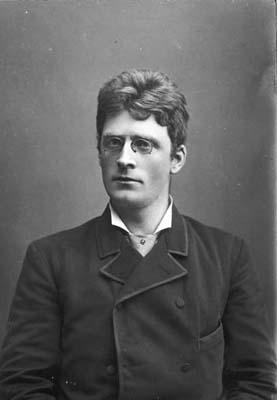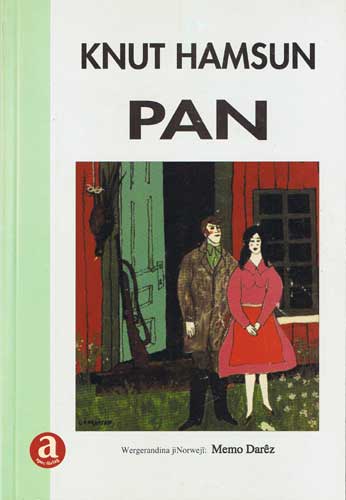
I consistently highlight several of Barthes’ love figures in my analysis, and parallel them with Glahn’s staged recollections. The transitions between love and eroticism are also important for this thesis.

Additionally, it is among others, Glahn’s erotic depictions of nature which display his lustily approaches towards some of the women in the novel.


These details in the protagonist’s recollection of the summer in Nordland, have been significant as they form a ground for how love and eroticism are being constituted. Glahn is an observer and this can, for instance, be illustrated with his description of the flowers and bugs as if they inherit human qualities. From Lieutenant Thomas Glahn’s Papers (1894).The thesis’ analysis is structured into two parts, and the first one deals with the love and the eroticism in Pan. A Document of 1861” published by Samtiden (1893), and the epilogue with the same title in Pan. It also works as a continuation of the triangular constellations, which I show in my comparison of “Glahn’s Death. Atle Kittang (1996) and Henning Howlid Wærp (1999) are central literary critics in my analysis.Furthermore, I illustrate the importance of the epilogue as an explanatory function of Glahn’s report from his summer in Nordland. I also utilize other relevant research on Hamsun, and analytical approaches to the novel.

I mainly use Roland Barthes (2000) and René Girard (1976) as theoretical input, because they both elaborate on the themes of love and eroticism in Pan. The method I apply in my thesis is close reading, and I choose to use a selection of text passages which I consider to be essential for this thesis’ examination. I briefly present former research of Pan in the introduction, and problematize the distinction between love and eroticism. From Lieutenant Thomas Glahn’s Papers (1894). This master thesis examines how love and eroticism are being provoked and established by the inter-subjective relations in Pan.


 0 kommentar(er)
0 kommentar(er)
